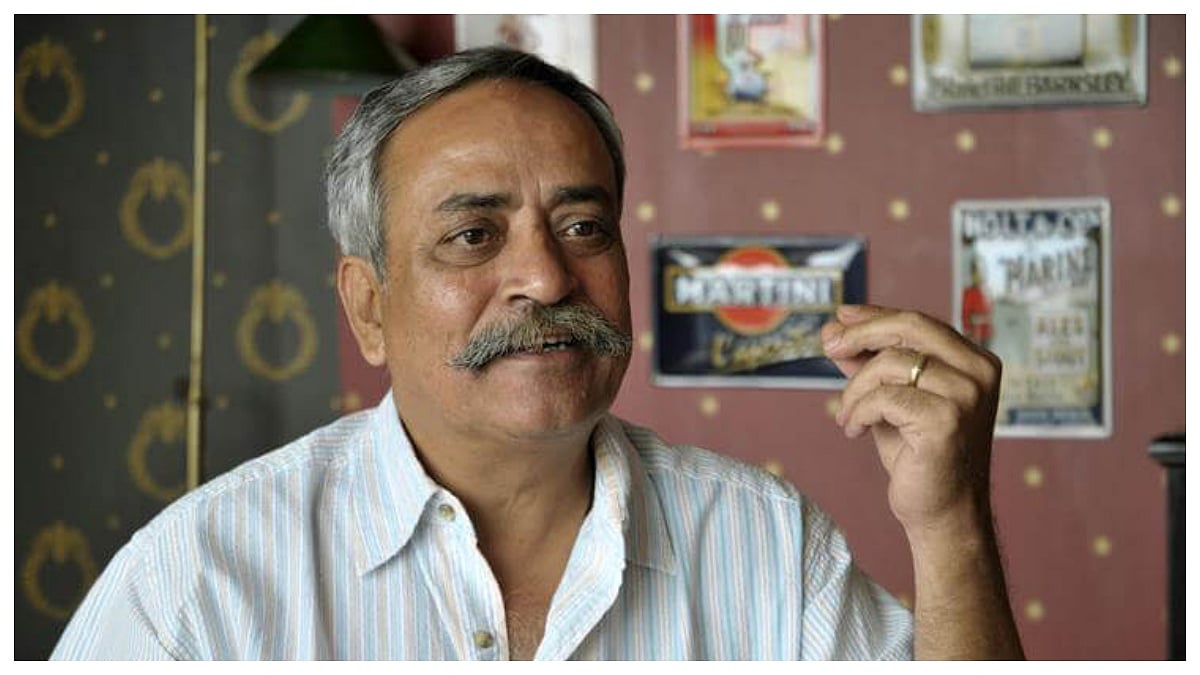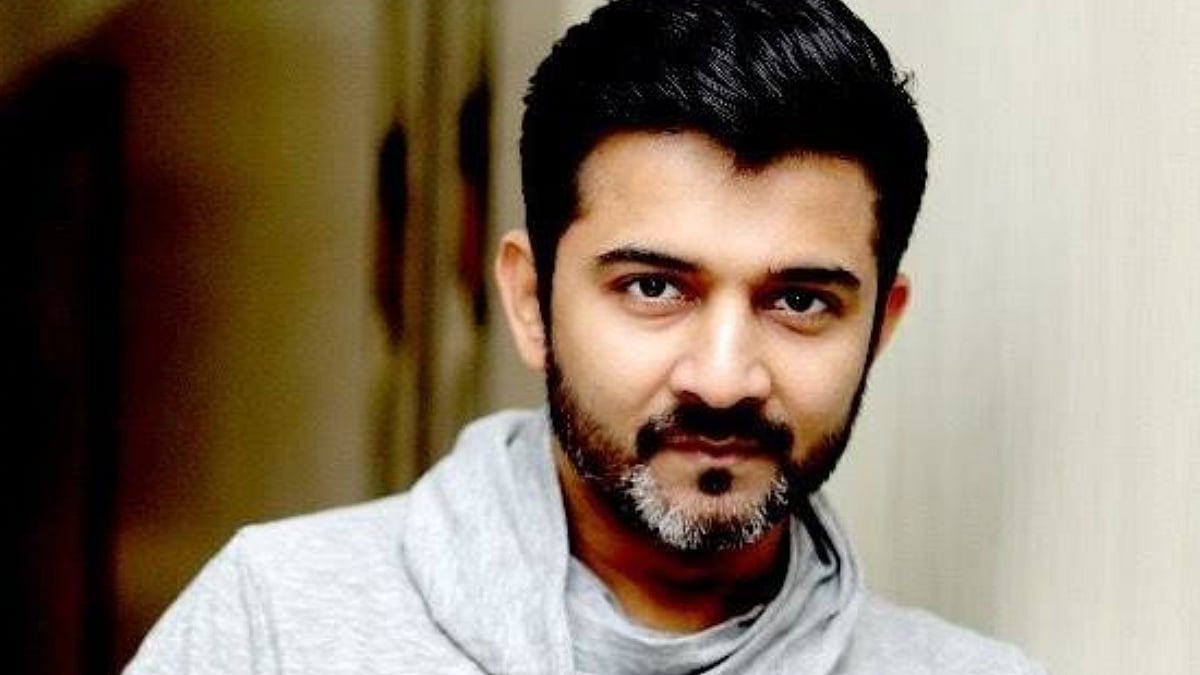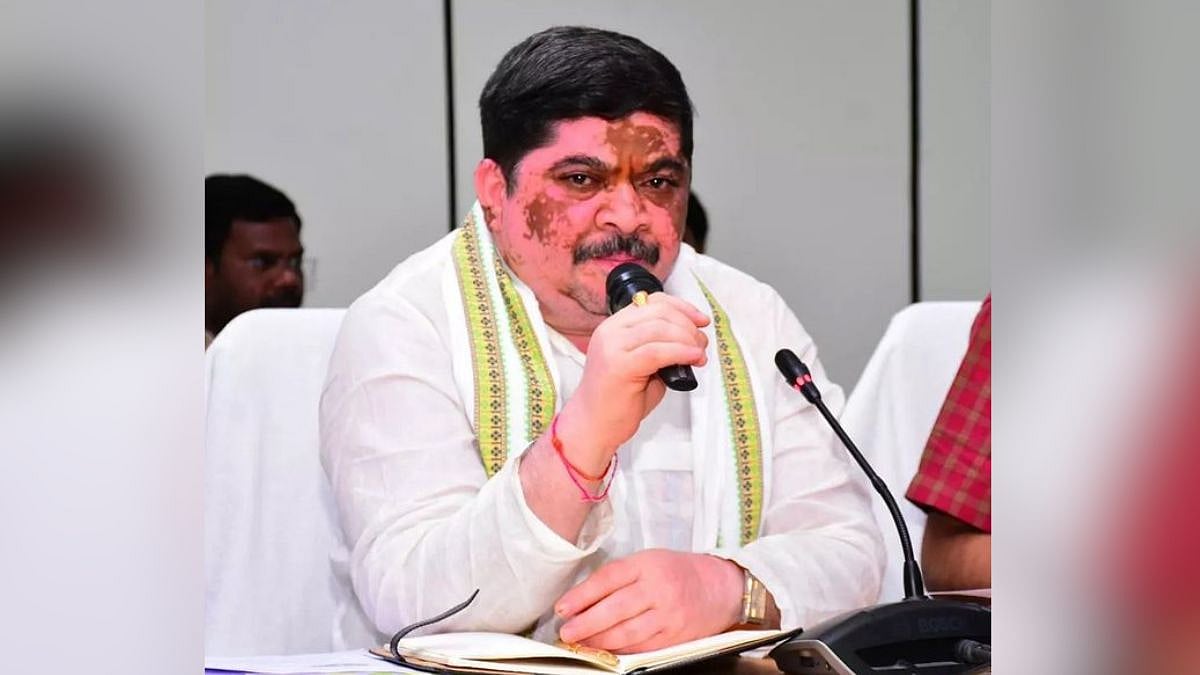Mumbai: Piyush Pandey, the man who gave Indian advertising its unique voice, passed away at the age of 70. Known for his wit, warmth and unmatched creativity, Pandey reshaped the industry by bringing emotion, language, and local flavour to storytelling. Over his four-decade journey with Ogilvy India, he helped Indian brands connect with ordinary people through authentic and relatable narratives.
Born in Jaipur in 1955, Pandey joined Ogilvy in 1982 after brief stints in cricket, construction and tea tasting. His rise within the agency was remarkable — eventually becoming Executive Chairman India and Global Chief Creative Officer. His ability to capture India’s spirit through simple, powerful messages made him a household name and earned him global recognition.
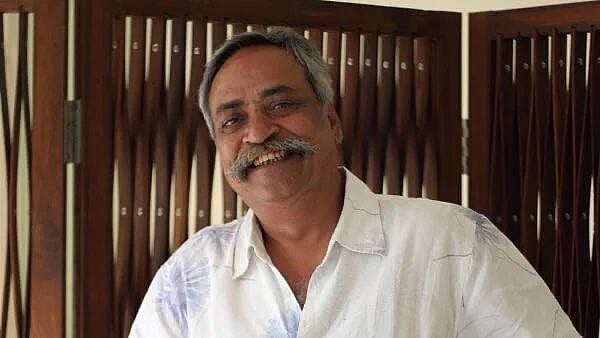
Campaigns that became cultural touchstones
Pandey’s creative genius turned advertisements into pieces of everyday culture. His work for Cadbury’s 'Kuch Khaas Hai', Fevicol’s 'Mazboot Jod', and Asian Paints’ 'Har Ghar Kuch Kehta Hai' transcended marketing to become emotional markers of Indian life. Through such campaigns, he replaced the elitist English tone of early advertising with warmth, humour, and the vernacular rhythm of real India.
Colleagues often said Pandey did not just teach India how to make better ads — he taught it how to tell its own stories.
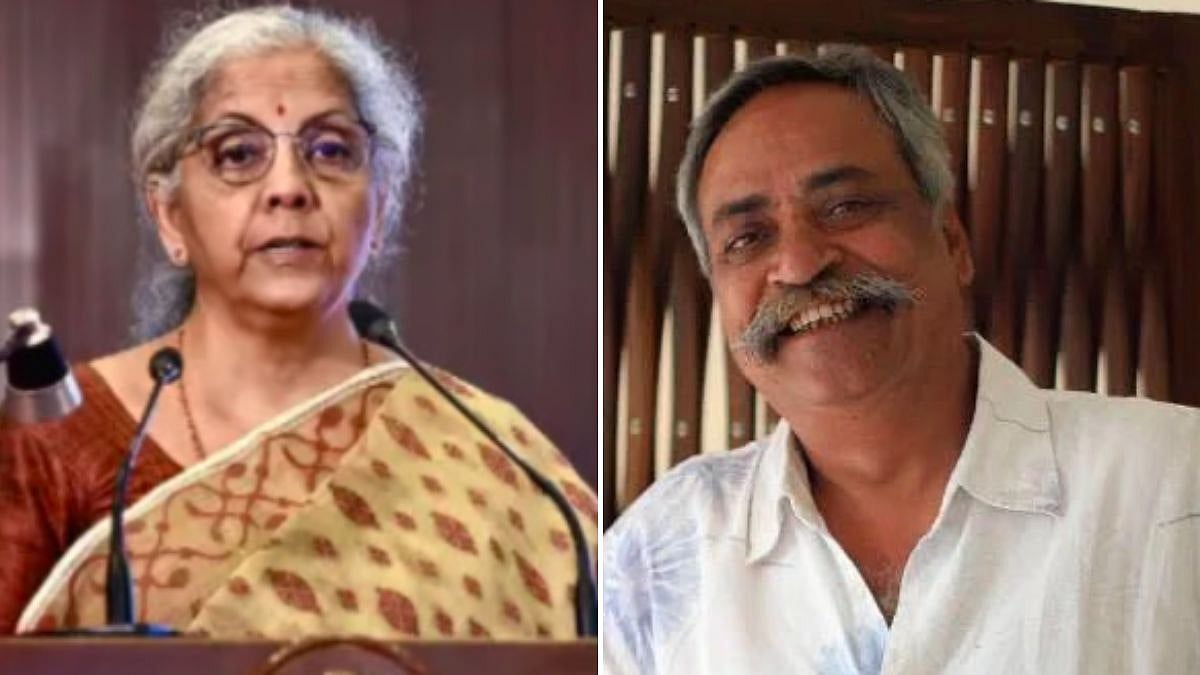
His wealth and influence
Though not known for flaunting wealth, Pandey’s long and illustrious career brought him both respect and success. His estimated net worth stands at about US USD 19 million (around Rs 160 crore) in 2025. While this figure is an approximation, it reflects the stature he built over four decades of creative leadership. He was also honoured with the Padma Shri in 2016 and the LIA Legend Award in 2024 for his contribution to global advertising.
Legacy of humility and inspiration
Despite being a towering figure, Pandey remained deeply grounded. He often compared advertising to a team sport, once saying, 'A Brian Lara can’t win for the West Indies alone — then who am I?' His passing marks the end of an era, but his stories, campaigns, and mentorship will continue to guide India’s creative industry for generations.
